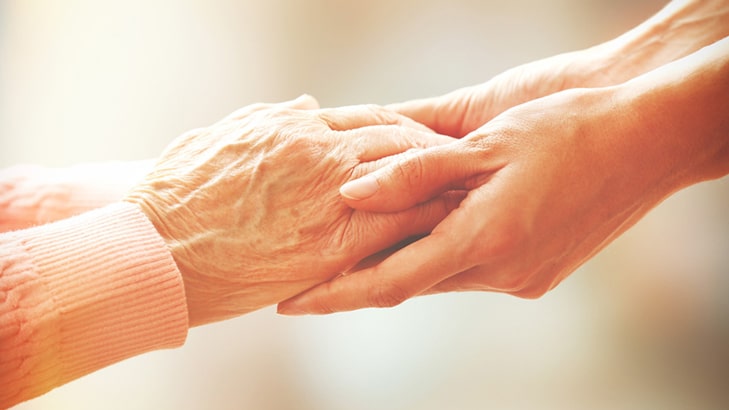In an ever-evolving world, misconceptions can persist and thrive, often perpetuating stereotypes and limiting our understanding of important issues. One such area rife with misconceptions is the use of mobility aids, also known as disability aids.
These aids, designed to enhance the quality of life and independence of individuals with mobility challenges, are often misunderstood and misjudged. In this article, we aim to shed light on the myths surrounding mobility aids and provide factual information that dispels these misconceptions.
Myth 1: Dependence and Helplessness
Reality: Empowerment and Independence
One common misconception about mobility aids is that their use implies complete dependence on others. However, the reality is far from this notion. Mobility aids are designed to provide support and assistance, enabling individuals to maintain or regain their independence.
These aids come in various forms, such as canes, crutches, walkers, and wheelchairs, and are tailored to suit different levels of mobility challenges. Rather than rendering users helpless, mobility aids empower individuals to navigate their environment with greater ease and confidence.
Statistics
According to the World Health Organization (WHO), well-designed and appropriate assistive devices can reduce the need for support services and enable individuals to participate actively in society. In fact, over 70 million people worldwide could benefit from assistive technology, indicating the substantial impact these aids can have on improving independence and quality of life.
Myth 2: Solely for the Elderly
Reality: Diverse User Demographics
Another prevalent misconception is that mobility aids are exclusively used by the elderly population. While these aids are indeed valuable for seniors, they serve a much broader range of individuals. People of all ages, from children with congenital conditions to adults recovering from injuries, benefit from the use of mobility aids. Additionally, temporary mobility challenges resulting from accidents or surgeries can be effectively managed with the help of these aids.
Statistics
According to the U.S. Census Bureau, in 2010, about 30.6 million non-institutionalized people in the United States had difficulty walking or climbing stairs. Among these individuals, only a fraction fell into the 65 and older category. This data underscores the fact that mobility issues are not restricted to a specific age group.
Myth 3: Stigma and Social Isolation
Reality-Enhanced Social Participation
A pervasive myth surrounding mobility aids is that using them leads to social isolation due to perceived stigma. However, embracing these aids often results in the opposite effect. When individuals are able to move around comfortably and confidently, they are more likely to engage in social activities, maintain relationships, and participate in community events. Mobility aids facilitate inclusion and break down physical barriers, allowing users to lead socially active lives.
Statistics
A study published in the “Journal of Aging Studies” found that individuals who used mobility aids reported increased community engagement and participation. This highlights the role of these aids in not only improving physical mobility but also in combating social isolation.
Myth 4: One Size Fits All
Reality: Personalized Solutions
Many believe that mobility aids are standardised and generic, failing to address individual needs. In reality, mobility aids come in various styles, sizes, and functionalities to cater to diverse requirements. From manual wheelchairs to electric scooters, these aids can be tailored to suit the specific mobility challenges and preferences of each user. Customisation ensures that individuals receive the best possible solution for their unique circumstances.
Statistics
The National Institutes of Health emphasises the importance of matching the right mobility aid to the user’s needs. Proper assessment and selection lead to higher user satisfaction, improved mobility, and better overall well-being.
Myth 5: Diminished Physical Activity
Reality: Encouragement of Movement
Contrary to the belief that mobility aids promote a sedentary lifestyle, they often encourage individuals to stay active. Many aids are designed to facilitate movement and provide support during physical activities. For instance, canes and walkers can help individuals maintain balance while walking, and adaptive sports wheelchairs enable people to participate in sports and recreational activities.
Statistics
Research published in the “Archives of Physical Medicine and Rehabilitation” shows that proper use of mobility aids can actually lead to increased physical activity levels, particularly in older adults. This counters the misconception that these aids hinder movement.
Conclusion
In a world striving for inclusivity and understanding, it is crucial to challenge and dispel misconceptions surrounding mobility aids. These aids play a pivotal role in enhancing the quality of life for millions of individuals, irrespective of age or mobility challenges. By debunking myths and embracing the reality of mobility aids as tools of empowerment and independence, we can contribute to a more inclusive and supportive society.
